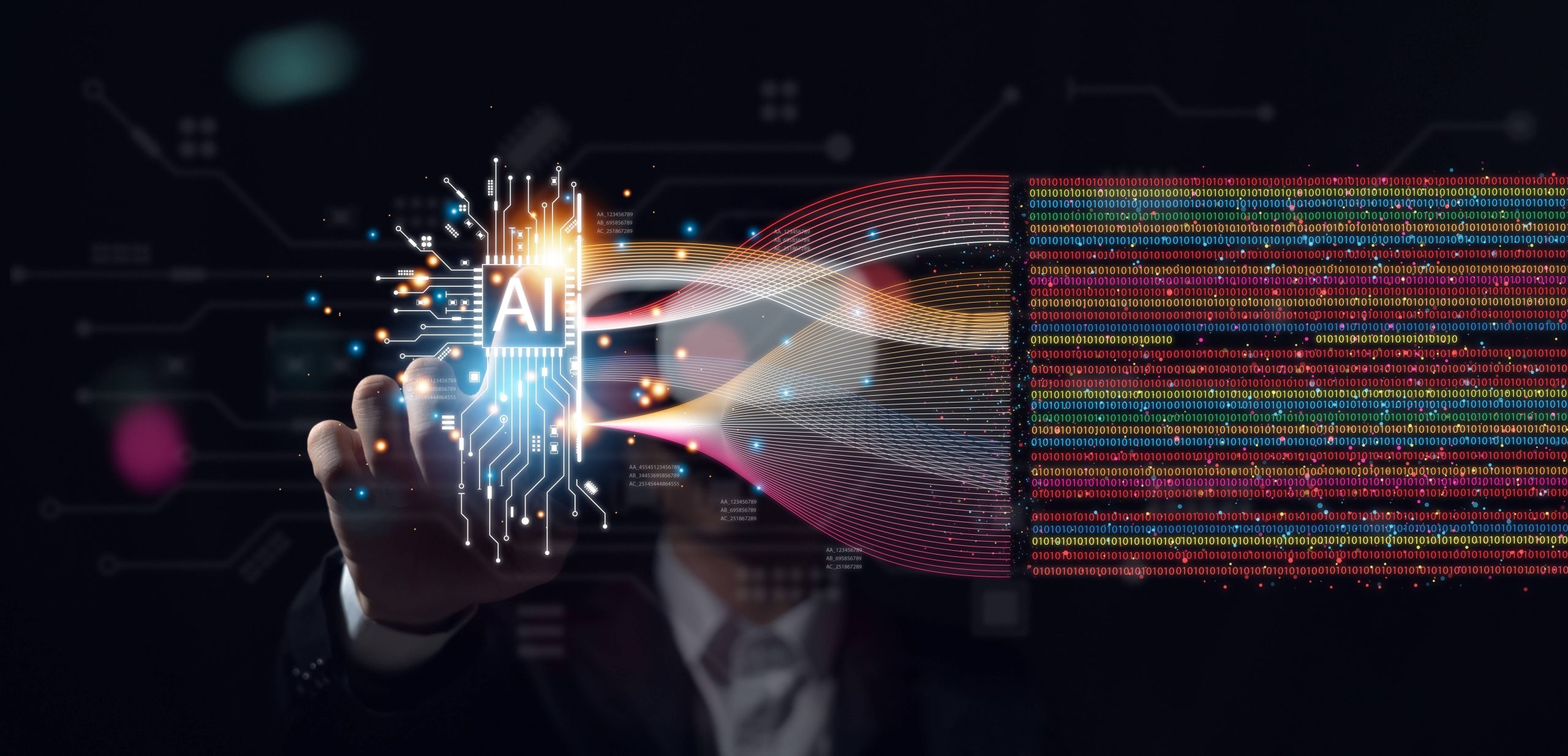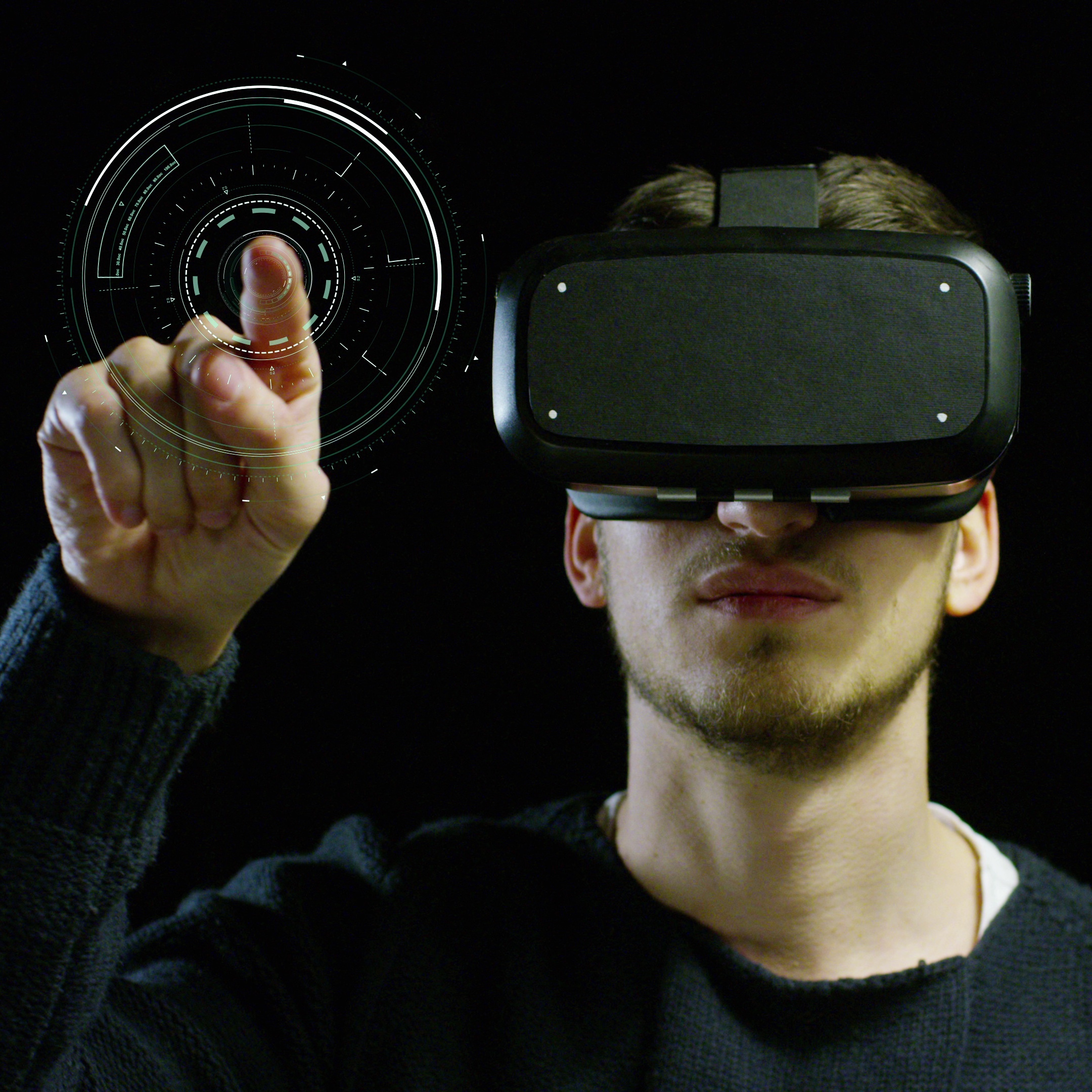Top 12 Customer Experience Examples in the Age of AI
Netflix’s show recommendation algorithm is so on point that there are a ton of memes that look like this out there:


Image credit – Dopl3r funny memes on Facebook Image credit – iFunny on Pinterest
People seem to trust Netflix’s recommendations to hit the right notes more than they trust recommendations from their social network. And why wouldn’t they—Netflix can predict what you will enjoy with near-perfect accuracy. It isn’t just Netflix; it’s not uncommon for people to refuse to play your request from their YouTube for fear that it will “confuse the algorithm” or, in other words, they are worried that their future YouTube recommendations will be negatively impacted by searching for and playing one out-of-character video. So perfect—and widely appreciated—are personalized recommendations today.
But it’s not just users/ customers who stand to benefit from personalized recommendations. According to an article from McKinsey,76% of consumers say they’re more likely to purchase from brands that personalize. And 78% say they’re more likely to recommend and make repeat purchases from brands that personalize.
This personalization is the product of putting AI to work to improve customer experiences. Personalizing recommendations is just one way AI enables brands to ace customer experiences today. Chatbots, voice assistants, predictive customer service, analytics including sentiment analysis, a seamless omnichannel experience, and improved segmentation and CRM are other areas where companies are using AI to optimize the customer experience.
For example, chatbots and virtual assistants leverage AI to handle customer queries swiftly and efficiently, providing instant assistance and personalized recommendations. Voice assistants utilize AI’s Natural Language Processing to understand and respond to spoken commands, offering personalized assistance and controlling devices based on user preferences. Predictive customer service uses AI to anticipate future customer behaviour, enabling proactive outreach with solutions or support and enhancing the overall customer experience. AI-enabled advanced analytics sift through vast customer data, identifying patterns and insights to anticipate needs and improve experiences.
Worldwide spending on AI systems and research hit $154 billion in 2023 alone—if you aren’t on the AI bandwagon already, chances are that your customer experience is falling behind.
But don’t let that get you down. Here are a dozen ideas you can customize to your context and boost your customer experience!
Entertainment and e-commerce sites improve customer experiences with customized AI recommendations
1. Netflix
AI’s role in boosting the customer experience: show recommendations
Netflix’s AI keenly observes what you watch and how you rate content (if you hit those like it/ love it/ not for me buttons that appear after a show). It uses this data to suggest similar shows and movies you are likely to enjoy. If you’ve been observing your recommendations or paying attention to the “XYZ% Match” text that appears when you view the details of a show, you’ll agree that Netflix’s AI gets it right most of the time. Even back in 2016, Netflix CEO Reed Hastings said, “Over 75% of what people watch on Netflix is discovered through our recommendation system.” Moreover, an increasing number of users respond to Netflix’s recommendations. In 2020, Netflix revealed that 80% of the content viewed on the platform can be traced back to the AI’s data-driven recommendations.
2. Amazon
AI’s role in boosting the customer experience: product recommendation
Amazon’s AI was among the first to begin analyzing buyer behavior to recommend products. It studies your shopping history, your cart, the products you browse, and so on. The outcome? Shoppers search less and, therefore, enjoy a better experience. Amazon can upsell and cross-sell, effectively gaining more business.
Amazon isn’t the only retailer playing its customization cards right. Pretty much any website you use today will recommend products based on prior purchases and items you’ve been browsing. Chances are—a lot of them are using AI to enable this type of customer experience, especially if they’re getting their suggestions right every time!
3. Spotify
AI’s role in boosting the customer experience: personalized playlists
Spotify’s AI analyzes what you listen to and skip past to recommend music, podcasts, playlists, and other content tailored to your preferences. This analysis includes factors such as listening history, duration of listening sessions, playlist creation, and more.
These AI-generated recommendations are strategically placed throughout Spotify’s Home screen, including sections like “Playlists you might like,” which offers personalized podcast recommendations based on individual interests. Spotify’s AI also supposedly observes how you respond to its recommendations—if you like and save tracks it recommends, it knows it was right.
At the end of 2023, Spotify even created a roundup of each user’s most played tracks, cited details of how many times they played each one, and then matched it with a personality type!
F&B brands serve up personalized marketing to boost the customer experience and conversions in one go
4. Starbucks
AI’s role in boosting the customer experience: personalized offers
Starbucks uses Deep Brew, a tool that leverages AI, ML, and predictive analytics to personalize its messaging, as well as outlet-level inventory management. Deep Brew analyzes order history, location and weather attributes, and time of day to customize and contextualize marketing messages and offers.
5. Zomato
AI’s role in boosting the customer experience: streamlined ops + personalized recommendations
Zomato crafts tailored recommendations that resonate with individual diner preferences using advanced data analysis techniques by ML and AI algorithms.
Their algorithm analyzes past interactions to send personalized suggestions for restaurants and specific dishes, enabling repeat orders. This is highly effective in the F&B space because seeing a dish that you like (which Zomato knows because you’ve ordered it before) could prompt you to place an order.
But Zomato has more than one customer. There’s the diner, but also their B2B customers or vendors that Zomato works with. How does Zomato ensure a great customer experience on this side of the fence? Well, Zomato’s AI collects and analyzes customer behavior and market trends to enable better operational efficiency for their vendors. As you can imagine, this is priceless. For example, Zomato can analyze customer ordering patterns to predict peak hours, allowing restaurants to be better prepared for higher volumes at specific points in the day. This predictive analysis ensures quicker deliveries during high-demand periods.
Companies improve products & services with AI
6. Brinks
AI’s role in boosting the customer experience: data optimization
Let’s look at a Harvard Business Review case study of Brinks Home, a Dallas-based smart-home-tech business that struggled against ADT, Google Nest, and Ring, holding just 2% market share in 2020 despite stellar reviews.
To fix this, Brinks decided to leverage its exhaustive product utilization data, customer transaction history, and competitive intel back to 1994. The idea was to mine for trends and insights and use this to improve personalize messaging and the overall user experience—Using AI-enabled OfferFit, they capitalized on their data. They began to reach out to customers for wireless upgrades (aka upsell), cross-sell, and also began to optimize service-call scheduling. They also started message and offer combinations while observing customer acquisition, service, and renewals.
In just two years, Brinks significantly ramped up its A/B testing program, skyrocketing from a mere 2-3 tests per day to an impressive 50,000. By mid-2021, the direct-to-consumer (DTC) package size saw a remarkable surge, jumping from $489 to $968. Concurrently, the DTC revenue per user also saw a substantial increase, climbing from $42.24 to $45.95. These improvements culminated in an impressive 9.5% overall revenue growth compared to 2020.
7. Mondelez
AI’s role in boosting the customer experience: Product research & development
Mondelez International (known for brands like Oreo and Toblerone), uses AI to elevate flavor accuracy, and innovation as it researches and develops new products. Using AI also helps the brand to accelerate its go-to-market times and to improve cost evaluations.
8. Olam Food Ingredients (OFI)
AI’s role in boosting the customer experience: Product research & development
Observe this quick case study: OFI used AI-powered research to develop a snack seasoning featuring lobster with “smoked flavors” a fusion that was rapidly gaining popularity among consumers. Subsequently, one of the OFI’s snack manufacturer clients adopted the ingredient and launched it in a CPG product that thrived on the market.
The brand used a similar technique to determine the optimal firmness for plant-based hamburgers.
Retail brands optimize shopping experiences with AI
9. IBM
AI’s role in boosting the customer experience: personalized shopping and support
IBM’s famous computer program, Watson, taps into AI to enable retail brands like Frito-Lay and Home Depot to personalize buyer experiences and optimize supply chains. The idea is to use real-time data to understand the “customer’s current buying status”.
But that’s not all. According to IBM’s website, its retail chatbots “enable customers to self-serve a wide range of queries, support accurate routing to human agents, and deliver highly personalized, contextually relevant shopping experiences.”
10. Reebok
AI’s role in boosting the customer experience: personalized browsing
Reebok personalizes how its product page appears to various customers. Here’s how it works: Every one of Reebok’s product pages has a handful of components such as the product’s description, reviews, related product recommendations, “complete the look” and “how to style”.
However, the hierarchy in which these appear may not be the same for any two users because users may be at different stages of their buying journey and may want to access different types of information first. So Reebok uses AI-enabled personalization that rearranges components to showcase the most relevant content to the user, depending on where in the buyer’s journey they find themselves. Reebok witnessed a 5.5% increase in add-to-cart actions after they personalized the buyer experience in this manner.
11. Nike
AI’s role in boosting the customer experience: personalized (remote) shopping assistance
The Nike Fit app invites potential buyers to upload an image of their feet to know the perfect shoe size for every style of Nike shoe. According to Nike, The app uses “computer vision, data science, machine learning, artificial intelligence, and recommendation algorithms” to measure “the full shape of both feet, offering the ability to know your truly perfect fit.”
Watch this video of the Nike Fit app in action.
12. Sephora
AI’s role in boosting the customer experience: personalized (remote) shopping assistance
Sephora’s AI-enabled Virtual Artist App uses AR to allow customers to scan their face and “try on” different shades of make-up on their skin, helping them to identify the perfect match for some products, while simply enabling them to see how other products look on them.
This is just the beginning…
AI-driven personalization is reshaping customer experiences across industries. Across sectors, future-ready businesses have begun harnessing AI’s capabilities to anticipate needs, streamline operations, and foster more meaningful engagements. As a consequence, they can create customer experiences that boat greater personalization, efficiency, and satisfaction.
While building your own AI systems may not always be feasible from a cost and know-how standpoint, as you will see above, even the biggest brands have either partnered with or procured AI-focused companies to get the job done. At magineu, we can help you identify how to use tech—from AI to AR, VR, and more—to tell your brand’s story more vividly. From identifying the right tech stack to the right use-case, we’ve got your back. Contact us today.



